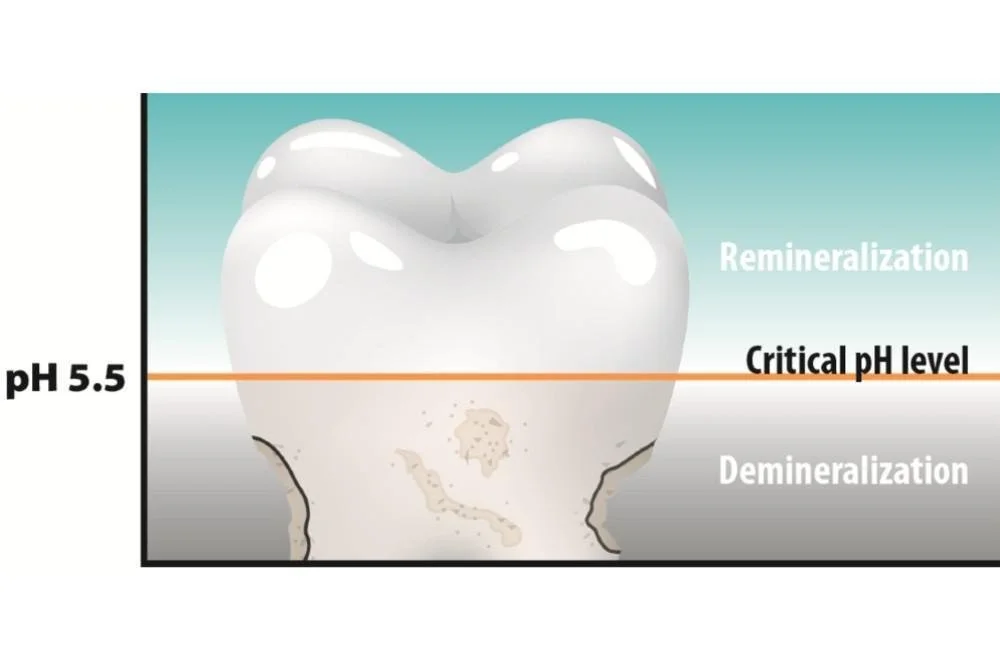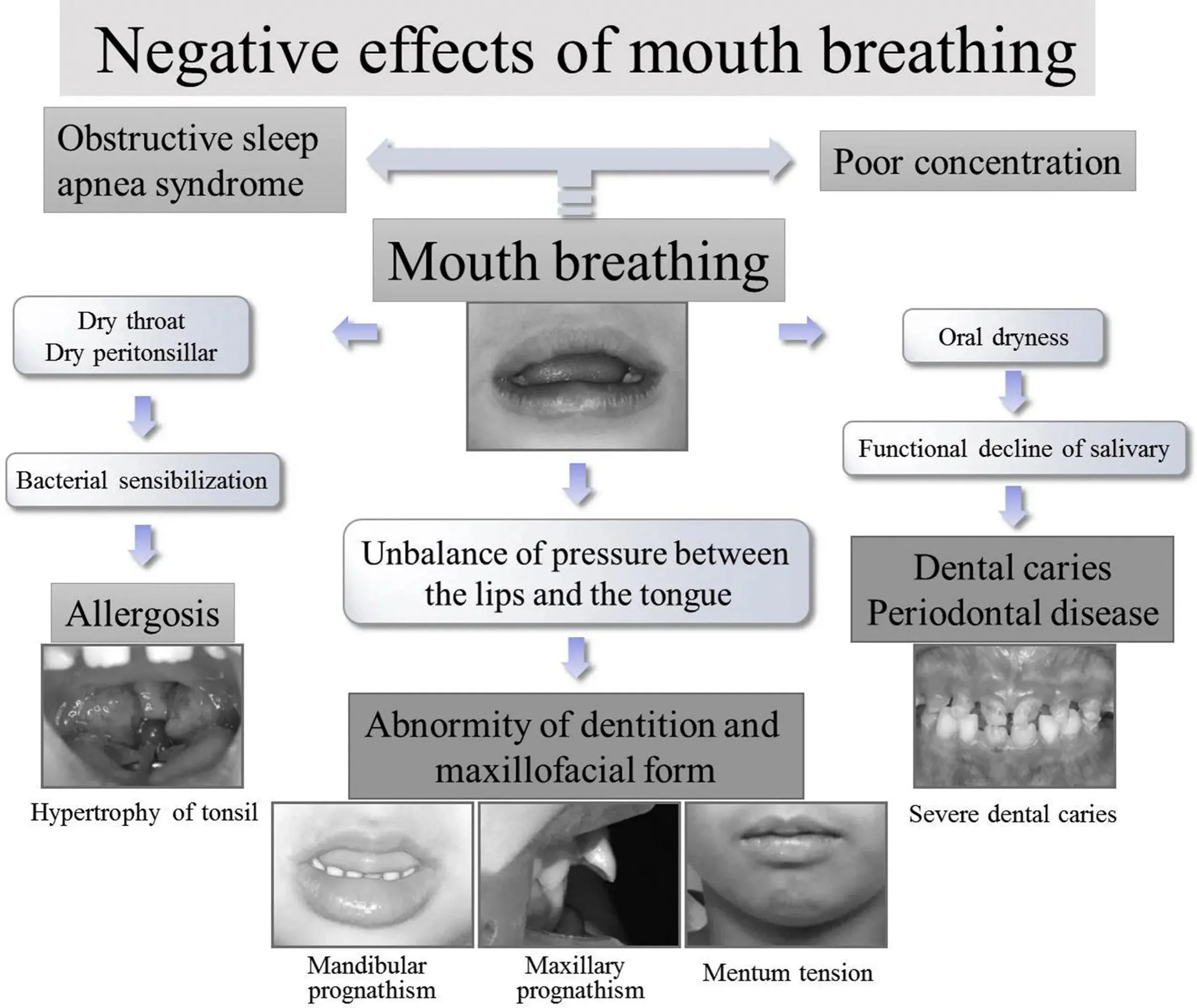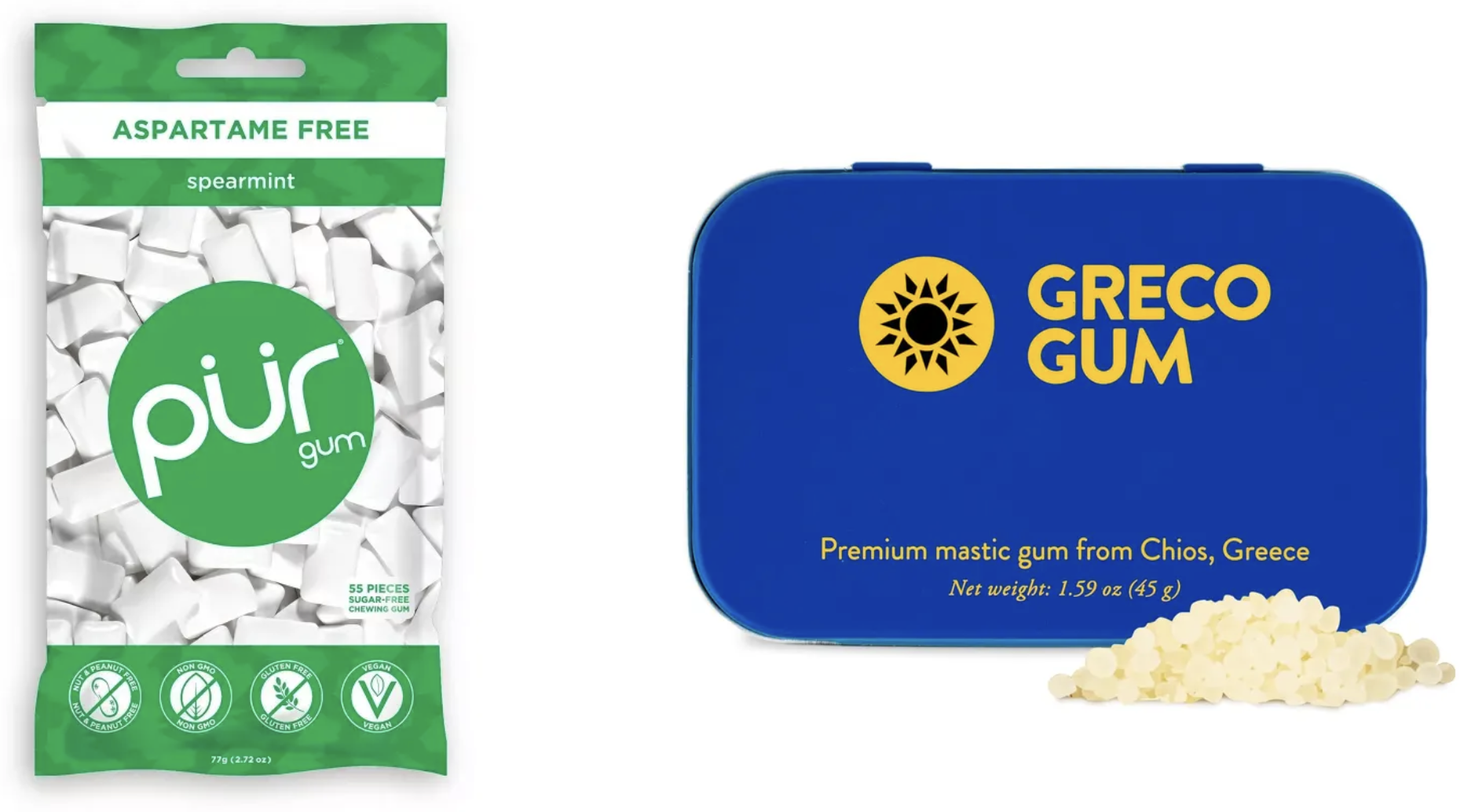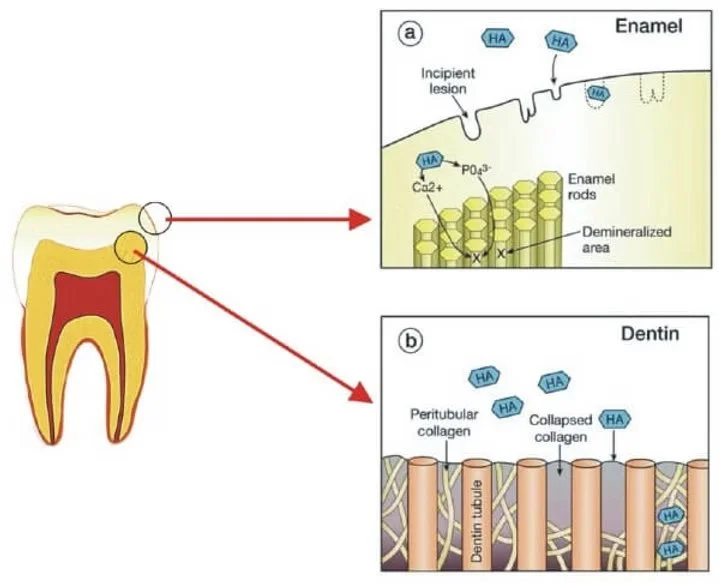Your Dentist Won't Like This
Managing your teeth with a bioenergetic diet should be easy to do if you’re being mindful of your micronutrients. Even though you’re eating high carb, you should also be getting sufficient calcium, phosphorus and vitamin k2. In this article we’ll talk about optimizing tooth enamel to prevent dental caries that lead to downstream crowns and root canals. Root canals are notorious for housing gram-negative bacteria causing chronic, systemic infections that ultimately shut down mitochondrial energy production through the release of lipopolysaccaride (endotoxin).
TLDR:
The primary way tooth enamel remineralizes is from saliva. Saliva is also responsible for managing oral pH, which determines whether or not enamel is demineralized.
Calcium and phosphorus combine into a crystal matrix called hydroxyapatite that compose the structure of enamel, directed by dietary intake of those minerals and Vitamin K2.
High amounts of Streptococcus Mutans bacteria cause dental caries through lowering pH. Optimizing the oral microbiome restricts S. Mutans growth and increases oral pH.
Mouth breathing is a core contributor to enamel erosion as the resultant dry mouth lowers pH and facilitates growth of acidogenic bacteria like S. Mutans.
Saliva is the main method your body uses to maintain the pH of your mouth and remineralize tooth enamel. When you chew, mineral-rich saliva washes over the enamel to neutralize acids from food or bacteria.
Tooth enamel is composed of 96% hydroxyapatite, a crystalline form of calcium phosphate. Saliva contains the enamel minerals calcium and phosphorus as well as bicarbonate, the alkaline molecule responsible for maintaining oral pH. The critical pH for enamel demineralization is <5.5 and saliva helps maintain a neutral pH (~ 7) in the oral cavity.
Many factors can disrupt the alkalinity and mineral content of saliva including lack of dietary calcium and phosphorus, mouth-breathing, lack of chewing while eating, and stress. Without the appropriate saliva pH and minerals, the oral pH lowers (becomes acidic) and favors a terrain for acidogenic bacteria like Streptococcus Mutans to increase.
Stress reduces salivary flow, so being relaxed and taking your time while eating is a necessary practice especially if you’re prone to cavities. Chewing thoroughly stimulates more saliva production, aiding in digestion and increasing oral pH. The vagus nerve, as part of the parasympathetic nervous system, stimulates salivary glands to produce saliva even when you’re not eating so a low grade, chronically stressed state will dampen vagus activity and in turn lower saliva production.
Anything that causes dry mouth lowers salivary flow. Other than mouth breathing which I’ll discuss in a bit, medications and dehydration will do it.
Another cause of dental caries is the result of a well known bacteria called Streptococcus Mutans. S. Mutans eats sucrose (the disaccharide sugar) and rapidly produces lactic acid, which lowers the pH in the oral environment. The speed and potency of acid production by S. Mutans is the main cause of its cariogenic effect. The biofilm (plaque) produced by S. Mutans reinforces its corrosive nature by protecting this bacterial population and allowing it to propagate. The lactic acid from S. Mutans eventually lowers pH past 5.5 and demineralizes tooth enamel by causing the calcium and phosphorus ions to flow out of the enamel.
Since the primary minerals making up enamel are calcium and phosphorus that come from saliva, we need to make sure we’re consuming enough. The RDA of calcium for female and male adults is 1000 and 1200 mg/day respectively. Ideally this is obtained from dairy but if you can’t tolerate it, eggshell or coral calcium will suffice. The RDA for phosphorus is 700 mg/day and can be easily obtained from eating muscle meat. Both of these minerals are simple to track in Cronometer. The ideal ratio of Ca to Ph is 2.30 - 3.20 in favor of calcium. This ratio inhibits the triggering of parathyroid hormone (PTH) which will mobilize calcium out of teeth and bones.
Other micronutrients involved in managing calcium are:
Magnesium (RDA 420 mg), necessary for the deposition of calcium into teeth
Vitamin D (RDA 15 mcg), facilitates gut absorption of both calcium and phosphorus
If you can’t get enough of these micros from food, you should supplement them to optimize enamel formation. For magnesium I like magnesium glycinate.
Mentioned last week, high dose Vitamin K2 mk-4 can reverse cavitations. Vitamin K2 was recently identified to be “Activator X”, the illusive enamel regenerator discovered by dentist Westin Price.
Vitamin D should be made from sun exposure. An ideal blood level of vitamin D is above 30-40 ng/ml, which is the safe zone to prevent triggering of PTH. If you’re unable to get that level high enough, supplementing to 40 ng/ml is a good idea.
In addition, bicarbonate is the molecule in saliva that increases pH. Bicarb comes from the production of CO2 in your mitochondria via carbonic acid conversion. CO2 production is 50% higher burning glucose instead of fat, so paradoxically we need to prioritize sugar consumption. However, the key is to not loose this precious gas to over-breathing.
Mouth breathing leads to decreased salivary flow rates, reducing the amount of bicarbonate in saliva. This study found that mouth breathing for 2 hours resulted in a significant decrease in salivary pH compared to nasal breathing. The lower pH environment created by mouth breathing promotes the growth of acidogenic bacteria like S. Mutans.
The way you breath during the day dictates how you breath at night. If you’re mouth breathing for 16 hours while awake, you’re highly likely to mouth breath while sleeping. Chronic mouth breathing, especially during sleep, has been linked to increased risk of dental erosion and caries. It doesn’t take much to recondition new breathing patterns. After about a year of 4 days/week of ujiya breathing (nose breathing) during yoga class (60 min session) I was exclusively a nose breather while sleeping.
A worthwhile read is James Nestor’s Breath where he not only discusses this but also the structural jaw modifications that occur with mouth breathing. Mouth breathing narrows the upper palate causing protrusions of the mouth and crooked teeth. Our ancestors had wide faces, straight teeth, fully formed palates and larger sinuses as a result of nose breathing. Practicing nose breathing as much as possible has huge ROI and it increases the important molecule CO2 I’ve written about before in improving mitochondrial function. By nose breathing, you are retaining more CO2. That same CO2 produced by the mitochondria gets converted into bicarbonate and eventually makes its way to the salivary glands.
Another approach to achieving healthy teeth is restructuring the oral microbiome. Other than changing the pH directly with minerals and bicarb, introducing healthy bacteria to your mouth will increase it. L. Reuteri, L. Rhamnosus, S. Salivarius, and L. Paracasei have all been shown to decrease S. Mutans in the mouth. Ultimately these probiotics increase oral pH preventing demineralization. The good news is that these probiotics are usually added to high-quality yoghurts and kefirs.
An excellent strategy is to eat a bit of kefir or yoghurt before sleep (after you brush your teeth) to allow those healthy bacteria to repopulate your mouth. This study showed a significant decrease in S. Mutans population with regular kefir consumption after 7 days and a prevention of dental caries over the course of a couple months.
Xylitol is an alcohol sugar derived from birch trees. Studies have shown that consuming 5g of xylitol 3x day significantly decreases S. Mutans by disrupting the biofilm it creates. This is the equivalent of 5 pieces of Pur gum three times daily. Chewing gum is shown to be the most effective way to disrupt the biofilm created by acidogenic bacteria. Xylitol also inhibits S. Mutans’ energy production and its acid production.
Mastic gum is a resin derived from the Pistacia lentiscus tree that has been used in Greece for over a millennium. Chewing mastic gum regularly significantly reduces S. Mutans and the stomach-based pathogenic bacteria called H. Pylori. The antibacterial effect of chewing mastic gum increased over time, with S. mutans levels reduced by 21.4% after 15 minutes and 77.6% after 135 minutes. This study demonstrated that mastic gum can kill H. pylori at concentrations as low as 0.06 mg/mL. Additionally, ingesting powdered mastic gum is a common treatment for H. Pylori in the stomach and duodenum, a common cause of ulcers.
Two other interventions that assist enamel mineralization are using nano-hydroxyapetite toothpaste and rinsing with baking soda.
Hydroxyapetite, mentioned at the beginning of this article, is a crystal matrix of calcium phosphate that composes the vast majority of enamel. Nano-hydroxyapatite (n-Ha) toothpaste promotes enamel remineralization by directly integrating with the enamel structure. This study reported cavity inhibition rates of 35.86% in boys and 55.93% in girls after regular use. I like the Boka brand since it uses a nano format of hydroxyapetite and combines it with xylitol and no fillers.
Baking soda (sodium bicarbonate) rinses are effective for neutralizing oral pH and preventing enamel demineralization. The authors of the above study found “Sodium Bicarbonate oral rinse may be considered as a cheap and effective alternative for chlorhexidine and alcohol based mouth wash, especially where long duration usage is required.” A simple recipe is to mix 1 teaspoon in 1 cup of water and rinse for 60 seconds.
To Recap Enamel Optimizations Strategies
Nose breath to increase saliva and alkalizing bicarbonate
Adjust your diet to meet your calcium, phosphorus, and bicarbonate needs to increase raw materials for enamel
Eat kefir before bed to improve oral microbiome
Chew xylitol gum or mastic gum
Use hydroxyapetite toothpaste
Rinse with baking soda
To your health,
Jonathan
This is for informational purposes only and should not replace professional medical advice. Consult with your physician or other health care professional if you have any concerns or questions about your health.







